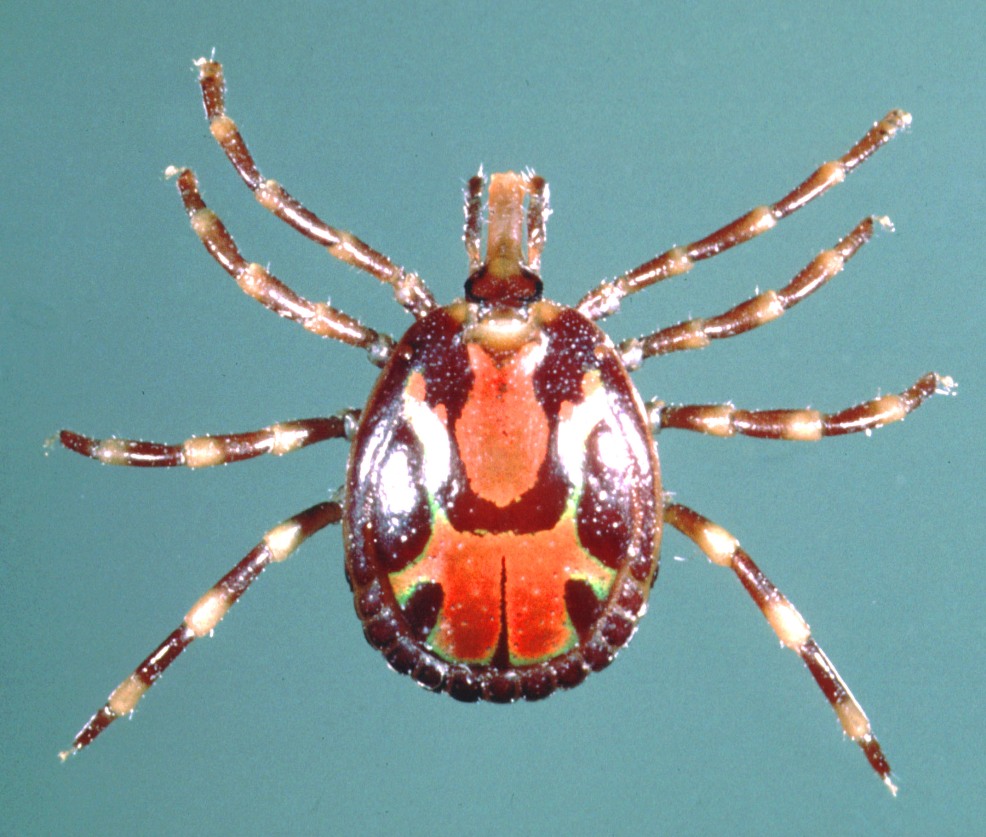|
Rickettsia Africae
''Rickettsia africae'' is a species of ''Rickettsia ''Rickettsia'' is a genus of nonmotile, gram-negative, nonspore-forming, highly pleomorphic bacteria that may occur in the forms of cocci (0.1 μm in diameter), bacilli (1–4 μm long), or threads (up to about 10 μm long). The term "ricke ...''. It can cause African tick-bite fever. References Rickettsiaceae {{Alphaproteobacteria-stub ... [...More Info...] [...Related Items...] OR: [Wikipedia] [Google] [Baidu] |
Rickettsia
''Rickettsia'' is a genus of nonmotile, gram-negative, nonspore-forming, highly pleomorphic bacteria that may occur in the forms of cocci (0.1 μm in diameter), bacilli (1–4 μm long), or threads (up to about 10 μm long). The term "rickettsia" has nothing to do with rickets (which is a deficiency disease resulting from lack of vitamin D); the bacterial genus ''Rickettsia'' instead was named after Howard Taylor Ricketts, in honor of his pioneering work on tick-borne spotted fever. Properly, ''Rickettsia'' is the name of a single genus, but the informal term "rickettsia", plural "rickettsias", usually not capitalised, commonly applies to any members of the order Rickettsiales. Being obligate intracellular bacteria, rickettsias depend on entry, growth, and replication within the cytoplasm of living eukaryotic host cells (typically endothelial cells). Accordingly, ''Rickettsia'' species cannot grow in artificial nutrient culture; they must be grown either in tissue or embryo ... [...More Info...] [...Related Items...] OR: [Wikipedia] [Google] [Baidu] |
African Tick-bite Fever
African tick bite fever (ATBF) is a bacterial infection spread by the bite of a tick. Symptoms may include fever, headache, muscle pain, and a rash. At the site of the bite there is typically a red skin sore with a dark center. The onset of symptoms usually occurs 4–10 days after the bite. Complications are rare but may include joint inflammation. Some people do not develop symptoms. Tick bite fever is caused by the bacterium ''Rickettsia africae''. The bacterium is spread by ticks of the ''Amblyomma'' type. These generally live in tall grass or bush rather than in cities. The diagnosis is typically based on symptoms. It can be confirmed by culture, PCR, or immunofluorescence. There is no vaccine. Prevention is by avoiding tick bites by covering the skin, using DEET, or using permethrin treated clothing. Evidence regarding treatment, however, is limited. The antibiotic doxycycline appears useful. Chloramphenicol or azithromycin may also be used. The disease will also tend to ... [...More Info...] [...Related Items...] OR: [Wikipedia] [Google] [Baidu] |
